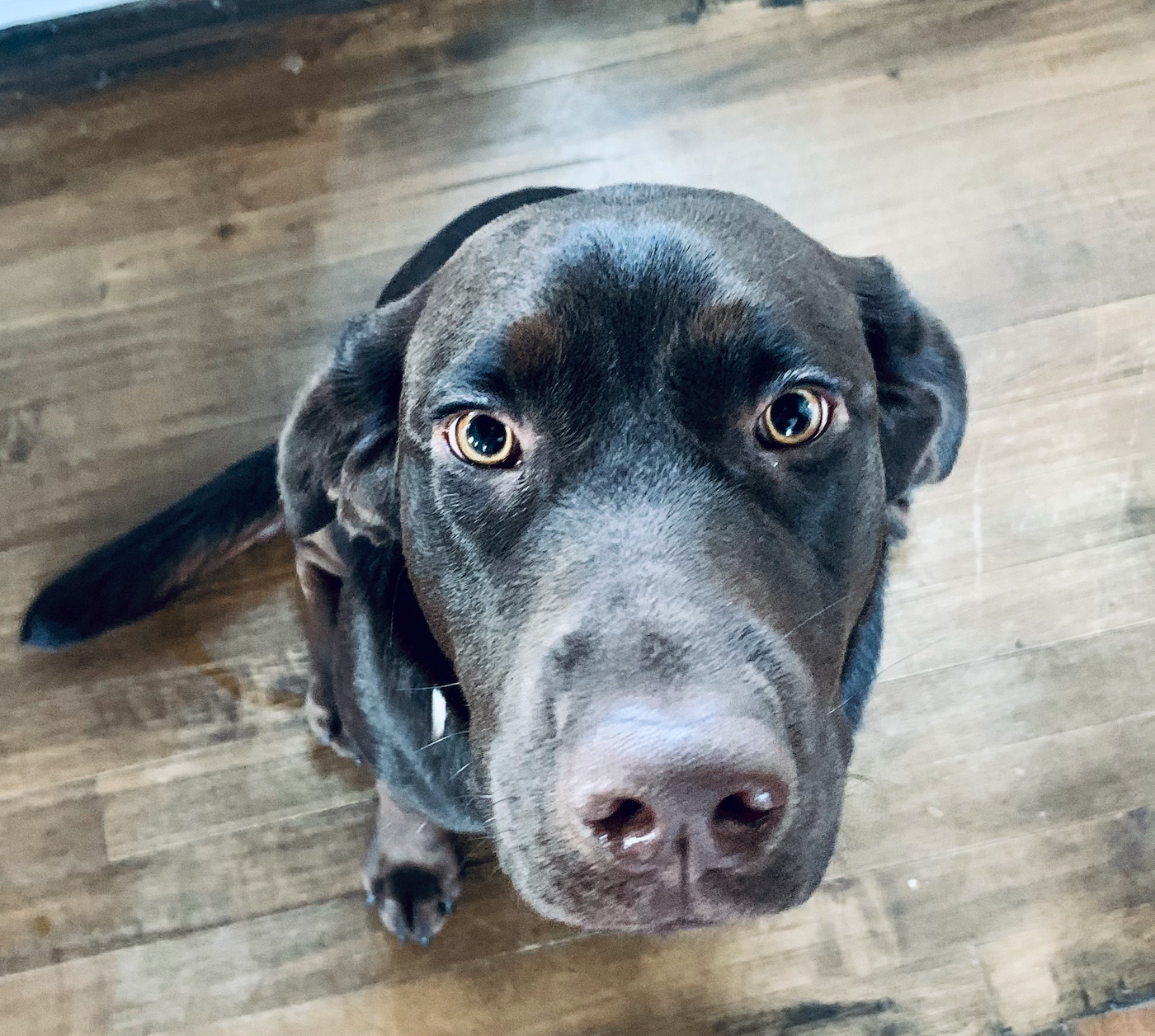Locations To Be Aware Of
As we mentioned last week, it’s important to read where your dogs food and treats come from, because different countries have different standards and regulations on what is acceptable for dogs to consume (you can read the post here if you missed it).
This week, we’re sharing some information on different locations that dog treats are made. You can form your own opinion on where you choose is acceptable for your dog to eat treats from, but we’re sharing where we try to avoid and why.
We’ve done some research and this is what we’ve concluded.
Let’s start with the avoid list.
Places to try and avoid when buying dog food and treats:
- China
- Vietnam
China and Vietnam do not have a Food and Drug Administration (FDA) like the United States does. This means they do not have any specific structure or laws which regulate pet food production or manufacturing. Actually, they don’t even have any punishments in place if any wrongdoings were being commit by these companies and manufacturers.
Because of this, unfortunately many dog treats are made with toxins like chemicals and plastic which can cause choking, blockages and other harmful side affects in dogs.
They also do not have any requirements or rules for how dog treats have to be labeled.
Their general lack of regulations and enforcement on ingredients and standards leads creators of dog food and treats open to their interpretation of what is “ok”.
For these reasons, they are on our avoid list.
Although we don’t think China and Vietnam are the best places to have your dogs consume food or treats from, there are many places which are generally safe.
It’s time for the safe list.
Places that are generally safe to buy dog food and treats from:
- Canada
- Europe
- Mexico
- USA
In the countries listed above, the regulations and standards for the consumption and manufacturing of dog treats are significantly stricter (considering the others have almost none).
Canada, Europe, Mexico and the USA all have agencies which regulate dog food manufacturing and some even require additional regulations on a state level (USA).
These counties all have much stricter regulations on ingredients and labeling.
- Canadian pet food is regulated by the Canadian Food Inspection Agency (CFIA) as well as the Canadian government. They have specific regulations on importation and pet food production based on their agreement.
- Europe requires pet food manufacturers to be registered and approved by specific authorities based on the products they manufacture. Europe probably has the most strict regulations on this list.
- Mexico has a lengthy list of import and export regulations when it comes to dog food and treats and even has human-grade dog treats available in their markets now! The Secretariat of Agriculture (SAGAPRA) establishes animal health measures and works to create agreements with other countries to enable the trade of animal products.
- USA requires that ingredients used in food are regulated by the FDA and must be safe for consumption. They also require the ingredients must have a function (meaning they need to be there for a reason).
For these reasons, they are on our generally safe list.

When picking out your dog treats, make sure you read the label carefully. All of these counties have varying regulations on how their treats should be labeled. Counties, like China, allow treats to be manufactured there, but packaged elsewhere. Reading the label quick may appear that they were MADE in the USA, but really they may have only been PACKAGED there. Labeling can sometimes be deceiving if you are just quickly glancing at it…so take your time and look for the “MADE IN” information!
Another important note is that just because we try to avoid them, it doesn’t mean we always do. As we discussed last week, moderation is important for dogs…if you find a treat they love and it’s from a location on the “avoid” list, it’s your prerogative to feed that to your pet. After researching, we are definitely more mindful of where we get our treats, but the girls have had treats from all around the world. This list is not telling you what to boycott, but simply informing you that if you’re looking into comparable brands, location is something you should consider.
Finally, wherever the treats are from, make sure you read the ingredients to know if there is anything potentially harmful if consumed over time or in large quantities. (Some of that information you can find in our last post here).
Ok, treat time again!
Please note: we are not veterinary professionals and this article is not backed by studies conducted by us.
The following links have some really helpful information in them and expand on some of the points we discussed.
Thank you to the following for sharing this information with us:
- https://topdogtips.com/pet-food-manufacturing-regulations/
- https://www.aphis.usda.gov/wcm/connect/aphis_content_library/sa_our_focus/sa_animal_health/sa_export_from_us/sa_animal_products/sa_international_regulations/sa_by_country/sa_m/ct_product_mexico
- https://apps.fas.usda.gov/newgainapi/api/report/downloadreportbyfilename?filename=Food%20and%20Agricultural%20Import%20Regulations%20and%20Standards%20Mexico%202013_Mexico%20ATO_Mexico_1-23-2014.pdf
#blog-37
#educational






